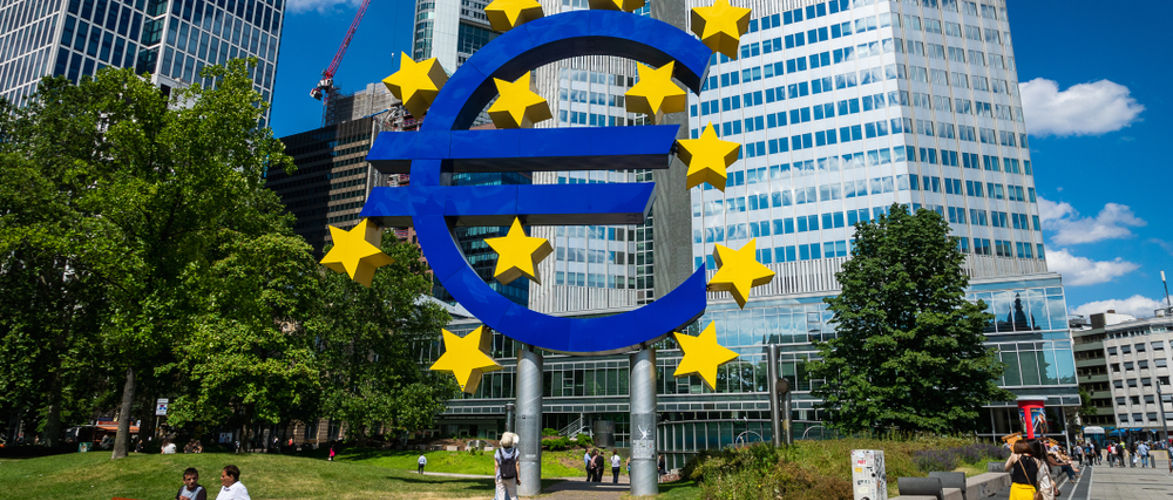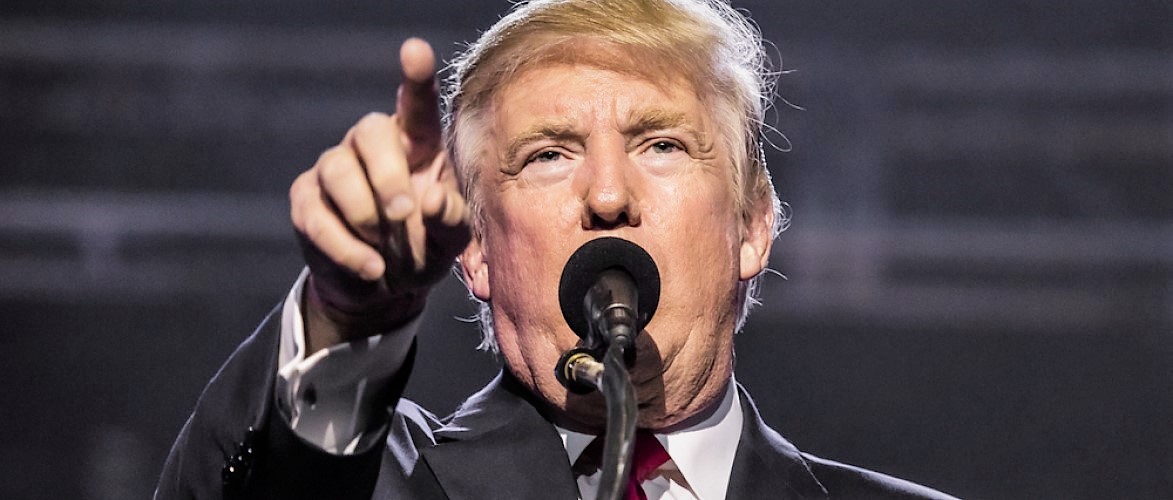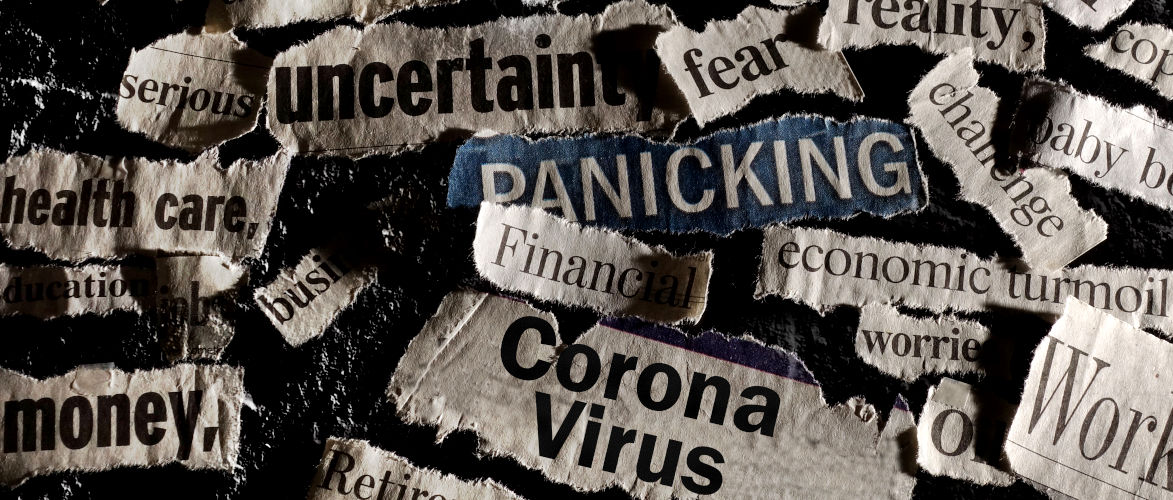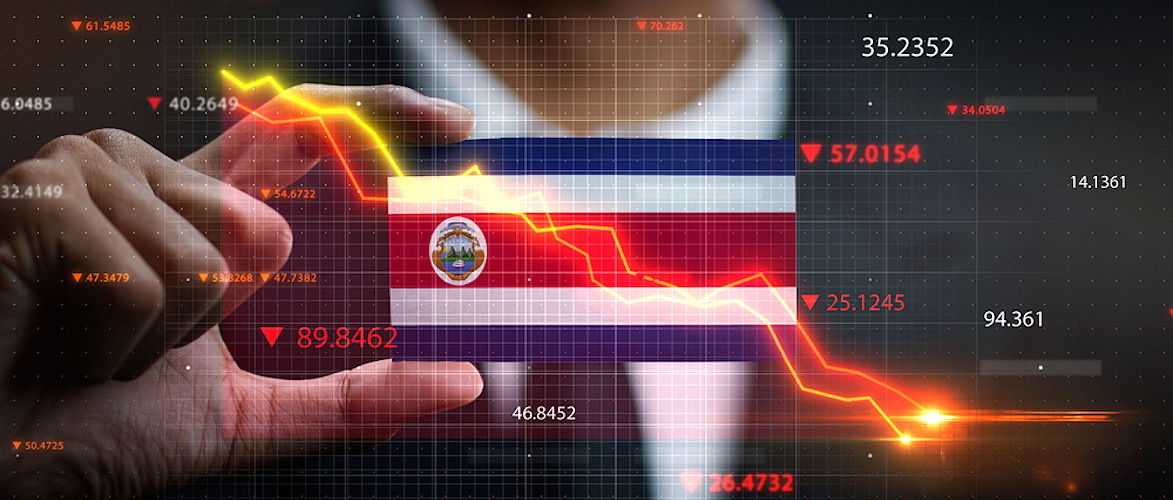By Christian Kreiß.
Question
In 2020, the global economy collapsed more than at any time since 1945, with gross world product declining by about 4.4 percent to about $84 trillion ($84,000 billion). At the same time, debt increased by about 20 trillion to about $277 trillion at the end of 2020. The leading Western central banks printed fresh money on a never-before-seen scale in 2020. Rising debt, skyrocketing money supply as the economy declines: how will the debt ever be repaid? How is the value of money to remain stable? How is all this supposed to work out? What are we facing?
The development of the money and debt supply
Since the beginning of the last financial crisis in 2007, the money supply in the industrialized countries has increased to an extent that would have seemed insane to all economists until recently. Virtually all leading central banks in the Western world have fired up the money press and printed fresh money on a historically unprecedented scale. The U.S. Fed has increased the money supply about ninefold since 2007, the ECB sevenfold, the Bank of England ninefold, the Bank of Japan fourfold, the Bank of Canada sixfold, the Reserve Bank of Australia sixfold. Even the conservative Swiss central bank has increased the money supply eightfold.
The money printing process essentially occurred in two waves. The first wave to cushion the impact of the 2007/9 financial crisis, the second wave to cushion as much as possible the impact of the 2020/21 lockdown policy on the real economy, that is, to contain economic contraction and unemployment as much as possible. Without the massive expansion of the money supply, the flooding of banks, governments and large corporations with liquidity, the economy would certainly have crashed much worse than it actually did, both after 2007 and in 2020/21. In that sense, money printing was a great success. There was no self-reinforcing economic depression after either 2007 or 2020. Central banks learned the lesson of 1929 to 1932. No fresh money was printed then, interest rates were not cut to zero, plunging the world into many years of deflation, depression, mass unemployment and eventually war.
But it is not just the money supply that has increased dramatically over the past 14 years. Debt, especially government debt, has also increased at an almost unprecedented rate in the wake of the 2020 lockdown. From the third quarter of 2019 to the third quarter of 2020, global debt has increased by $20 trillion (20,000 billion), or nearly a quarter of world GDP. By the end of 2020, world debt is estimated at $277 trillion. With a world gross product of about $84 trillion, this is equivalent to about 330 percent of the world’s economic output. Thus, if all debts were to be repaid, all the world’s working people would have to work without pay for almost three and a half years and surrender all value added to creditors. Since about half of the financial assets are accounted for by the top one percent of the world’s population, in concrete terms this would mean that the bottom 90 percent of the world would have to work without income for over one and a half years in order to repay the top one percent for their loans. So viewed with a little common sense, that’s just impossible. As a former investment banker, what that means to me is that there are going to be pretty large debt defaults. In short, there is no way the debt can be repaid anywhere near the full amount; we are living in a pretty big debt bubble.
Mountain of money and debt is no longer covered by economic strength
Money, whether in the form of a banknote or in the bank account, is a claim on a future real economic performance. Specifically, if I have a 10-euro bill in my hand (or in my bank account), I believe that I will be able to exchange the equivalent of that 10 euros for a real economic service in the future, be it pizza or a haircut. The same is true for a promissory note. If I have a debt obligation, be it a savings book, a government bond or a corporate bond, I believe that I will get my lent money back from the debtor later and that I will be able to buy pizza or a haircut for it as an equivalent value. So all money and all debt is based on a belief, (the word credit comes from the Latin credere, to believe), build on trust.
Now, however, in the last 14 years, the mountain of money has grown roughly seven to eight times as fast as real economic output, and debt has also grown much faster than economic output. In other words, today’s banknotes are not matched by nearly as much real economic output as they used to be, and debt securities are also matched by far fewer real goods than before. However, the holders of money and debt securities apparently still believe that they will one day be able to get their money back in real terms and exchange it for real economic goods. But this has long been an illusion, a delusion. The whole unrestrained spending of money by the Federal Government (and many other governments) via new debts, which are then financed again in good part by the central bank through fresh money printing, is based on the fact that people who previously had money balances or promissory bills, for example savings, are partially expropriated. This is because every new money or promissory note that is added without increasing the real economic power devalues the existing money and promissory note holdings a little bit. This is because with each new money or promissory note, the entitlement rights to the real economic goods increase. People do not notice this immediately, however, because it is a gradual process.
The freshly printed money and the rising mountain of debt, however, are not matched by rising economic output. On the contrary, real economic output fell dramatically by about 4.4 percent in 2020. This is the sharpest global economic crash since the end of the war. By comparison, after the financial crisis, global economic power fell by only 1.7 percent in 2009. In short, an enormous amount of new paper was brought into the world in 2020, representing a claim on economic output that does not even exist. Many money and asset holders are therefore living in an illusion, the mistaken belief that their money and bond deposits are still fully valuable. But they have not been for a long time. We live in a world of zombie creditors.
What does that mean for our future?
- Just keep leaving interest rates at zero and let the central banks keep printing more and more money?
What is actually wrong with just leaving central bank interest rates at zero for the next few decades, just as they have been for the last 13 years or so, and continuing to print money by buying bonds from central banks, as has been happening since 2007? Is this simply becoming our new normal? What’s the problem?
If investors stop getting any or almost no interest on bonds or savings accounts in the long run, they will gradually switch to other types of investments, especially real estate and stocks. Stock and real estate funds as well as stock indices such as the DAX or the S&P 500 are investment types with no time limit. This is because if individual stocks drop out of a fund or index, either because the company goes bankrupt or because the stock has fallen too far, it is immediately replaced by another stock. The same is true of a real estate fund. Old properties are constantly replaced by new ones, but the real estate portfolio as such remains. Economists call the payments flowing out of such funds or indices that infinite annuities.
There is a mathematical formula how infinite annuities are valued: The value today is equal to the income (in the form of dividends or rent or lease) divided by the long-term interest rate. If the denominator (the interest rate) stays at or near zero in perpetuity, that means the value of stocks and real estate will approach infinity. The formula does not work overnight, but works over the long term. If investors really believe that the interest rate will remain at zero in the long run, then stock and real estate prices will skyrocket, i.e. grow at a staggeringly disproportionate rate compared to economic strength and mass incomes.
And this is exactly what we have seen in recent years. Investors are gradually coming to believe that interest rates will remain very low in the long run. Accordingly, stock prices and real estate prices are rising, even – or especially – in times of corona lockdowns. After all, it is precisely these that force the central banks to keep interest rates so low. What’s the problem? Why shouldn’t stocks and real estate prices just keep rising and rising disproportionately? With real estate, you can see it right away: We’re getting a rental problem. Rents are getting more and more expensive, incomes are not keeping up. As long as real estate prices keep going up, rents will keep going up. For newcomers, for example young families, the desire for their own four walls will become increasingly unaffordable. But disproportionately ever-rising share prices will also have an impact on listed stock corporations: Board members are being forced to generate ever higher profits. So the pressure on companies and their employees to maximize profits is also increasing.
So if interest rates stay at zero for a very very long time, there will be a real estate and stock bubble, which means more and more overvaluation. And one day there will be a shakeout, possibly a crash. Exactly such developments have already occurred several times in economic history, for example the Japanese real estate crash from 1980, the Spanish real estate bubble in 2007 or the shakeout of the New Economy Bubble from March 2000.
In short: Long-term zero interest rates and bond-buying policies by central banks lead to an asset bubble, an asset bubble followed by a shakeout crisis. In the long run, interest rates cannot stay at zero, otherwise we run into rent problems and a stock market crash.
-
Slowly raise interest rates again, slowly reduce the money supply and slowly reduce debt?
Given the current level of debt in relation to economic strength, a noticeable reduction in the money supply, which can only take place if interest rates are raised at the same time, is impossible. In some countries, public debt amounts to more than 100 percent of economic output. If (real) interest rates rise here to, say, 3 percent, many countries, including some industrialized countries, will become insolvent. The same applies to many companies and private households. Some companies – keyword zombie companies – and households have such high debts that a significant rise in interest rates would lead to mass insolvencies and economic depression. So: Re-absorbing the freshly printed money by the central banks and a significant real interest rate increase will not work, that would lead to an economic crash.
-
Cancel the national debt?
Since a large share of government bonds and a considerable share of corporate bonds are held by the ECB, there is always a discussion about whether deleting these debt instruments from the ECB’s books would be a solution. But that does not change the basic problem. In order to buy the debt securities, the ECB has created freshly printed giro money that has flowed into the banks’ current accounts. This freshly printed giro money is there and will remain there even if the bonds are booked out. Ultimately, the purchase of bonds by the central bank means that concrete claims of creditors on very specific debtors, i.e. states or specific companies that issued the bonds, are exchanged for general claims on the national product, because money can simply be used to buy anything at any time, but bonds cannot. So the belief in repayment by a specific debtor is exchanged for a belief that one can buy any things and services at any time. So a special belief is exchanged for a general belief. But it remains a belief, a trust, that the corresponding paper (whether money or debt paper) has a value, i.e. is covered by goods and services. Therefore, if the bonds on the books of the ECB are cancelled, the money will still remain in circulation. So that’s not a solution. It would also have been too good to be true: That a state can incur debt at will, which is financed via the central bank, and still everything goes well.
4. Debt cut
A debt cut would be a sensible solution. However, a debt cut also means a cut in wealth, which would hit the top one percent and especially the top 0.1 percent of the world’s population the hardest. Because their influence on politicians is, to put it mildly, enormous, I think a debt cut, although it would be by far the best solution, is extremely unlikely. No government wants to mess with the (super)rich.
5. Inflation
Inflation of 10 percent over 10 years would raise prices from 100 to 260, so would significantly reduce today’s existing debt in real terms, more than halving it. So that would be a solution. However, given the current global overcapacity, high unemployment and weakened mass purchasing power in the industrialized countries, it is very difficult for central banks to unleash inflation. This has already not worked in the last 10 years of unrestrained money printing.
6. Bankruptcy and deflation
If debt-cutting and inflation do not work, we will probably see a wave of bankruptcies, a financial crisis, bank failures, sovereign insolvencies, mass unemployment, chaos and unrest. Corporate, government and bank bankruptcies are also a debt cut, but a disorderly, chaotic one that is likely to trigger a downward vortex with dire, sometimes incalculable macroeconomic and social consequences.
7. War
Of course, even worse scenarios are conceivable, such as war. Both World War I and World War II were, from a purely economic point of view, valves for hardly sustainable economic conditions before 1914 and before 1939.
Conclusion
Continuing zero interest rate policy and money printing is not an option. Raising interest rates is not an option. Canceling government debt is not an option. I think an orderly debt cut is best, inflation, even if it is miserable for a country, is second best or less bad. I am afraid of solution six – economic crash – and seven – war. I hope for reason and a sense of responsibility on the part of those acting, because one day we will have to wake up from the illusion that is widespread today.
I fear there will be no going back to the years before 2020. The state-imposed forced lockdowns were and are such a serious incursion not only into our civil liberties and our democracy, but also into our economic life, that a return to the comparatively good years before 2020 is, in my estimation, out of the question. We are facing very significant social changes and probably very strong economic and, above all, social tensions. I fear that hard times are ahead. The sooner, more sensibly and honestly we tackle the problems, the less people will suffer.
Sources:
- https://tradingeconomics.com/united-states/central-bank-balance-sheet
- https://tradingeconomics.com/euro-area/central-bank-balance-sheet
- https://tradingeconomics.com/united-kingdom/central-bank-balance-sheet
- https://tradingeconomics.com/japan/central-bank-balance-sheet
- https://tradingeconomics.com/canada/central-bank-balance-sheet
- https://tradingeconomics.com/australia/central-bank-balance-sheet
- https://tradingeconomics.com/switzerland/central-bank-balance-sheet
- World Economic Forum 14.12.2020: https://www.weforum.org/agenda/2020/12/global-debt-gdp-covid19/
- 277 geteilt durch 84 ist gleich 3,3
- https://en.wikipedia.org/wiki/List_of_countries_by_GDP_(nominal)
- https://www.worldometers.info/gdp/#gdpyear
- Welt.de 22.1.2021. https://www.welt.de/finanzen/plus224800783/Staatsschulden-einfach-streichen-So-realistisch-ist-dieser-Alp-Traum.html oder SZ vom 12.11.2020: https://www.sueddeutsche.de/wirtschaft/pipers-welt-schulden-streichen-1.5113658
+++
Thanks to the author for the right to publish the article.
+++
Image source: Uskarp /shutterstock
+++
KenFM strives to present a broad spectrum of opinions. Opinion articles and guest posts need not reflect the views of the editorial team.
+++
KenFM now available as a free app for Android and iOS devices! You can get to the Apple and Google stores via our homepage. Here is the link: https://kenfm.de/kenfm-app/
+++
Subscribe to the KenFM newsletter now: https://kenfm.de/newsletter/
+++
Support KenFM now: https://www.patreon.com/KenFMde
+++
You like our program? Information on other ways to support us here: https://kenfm.de/support/kenfm-unterstuetzen/
+++
Now you can also support us with Bitcoins.

BitCoin Adresse: 18FpEnH1Dh83GXXGpRNqSoW5TL1z1PZgZK










Kommentare (0)